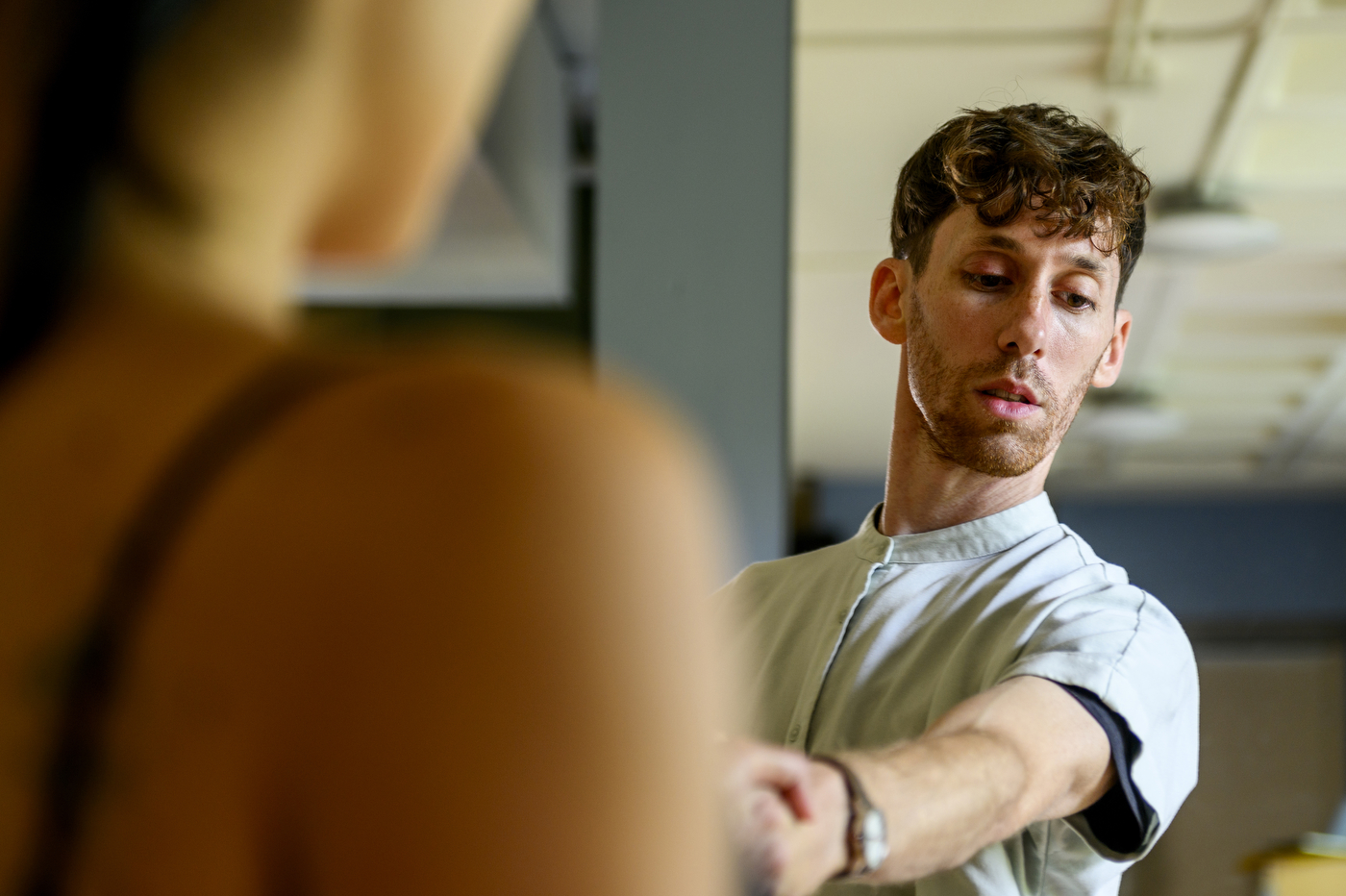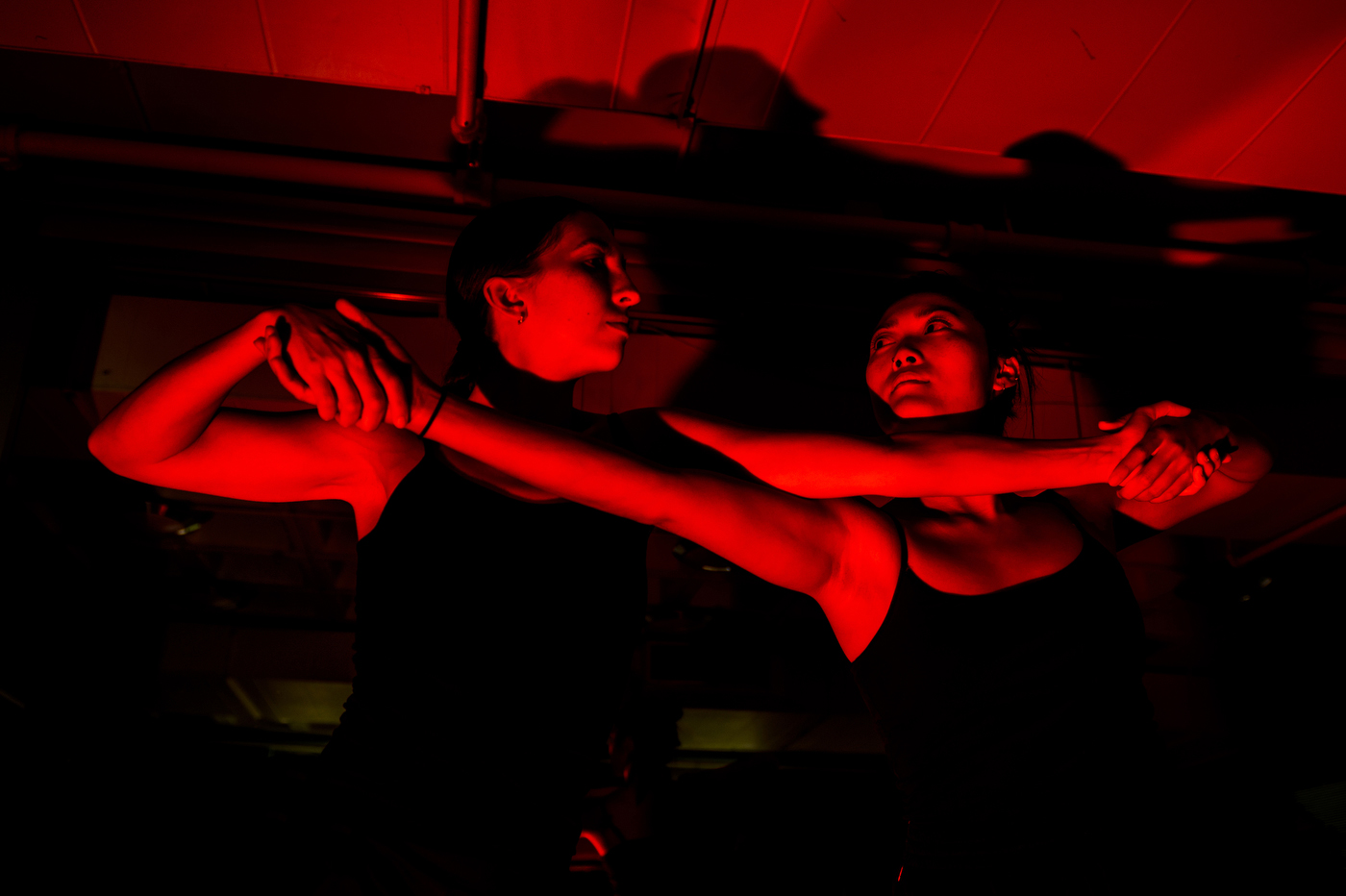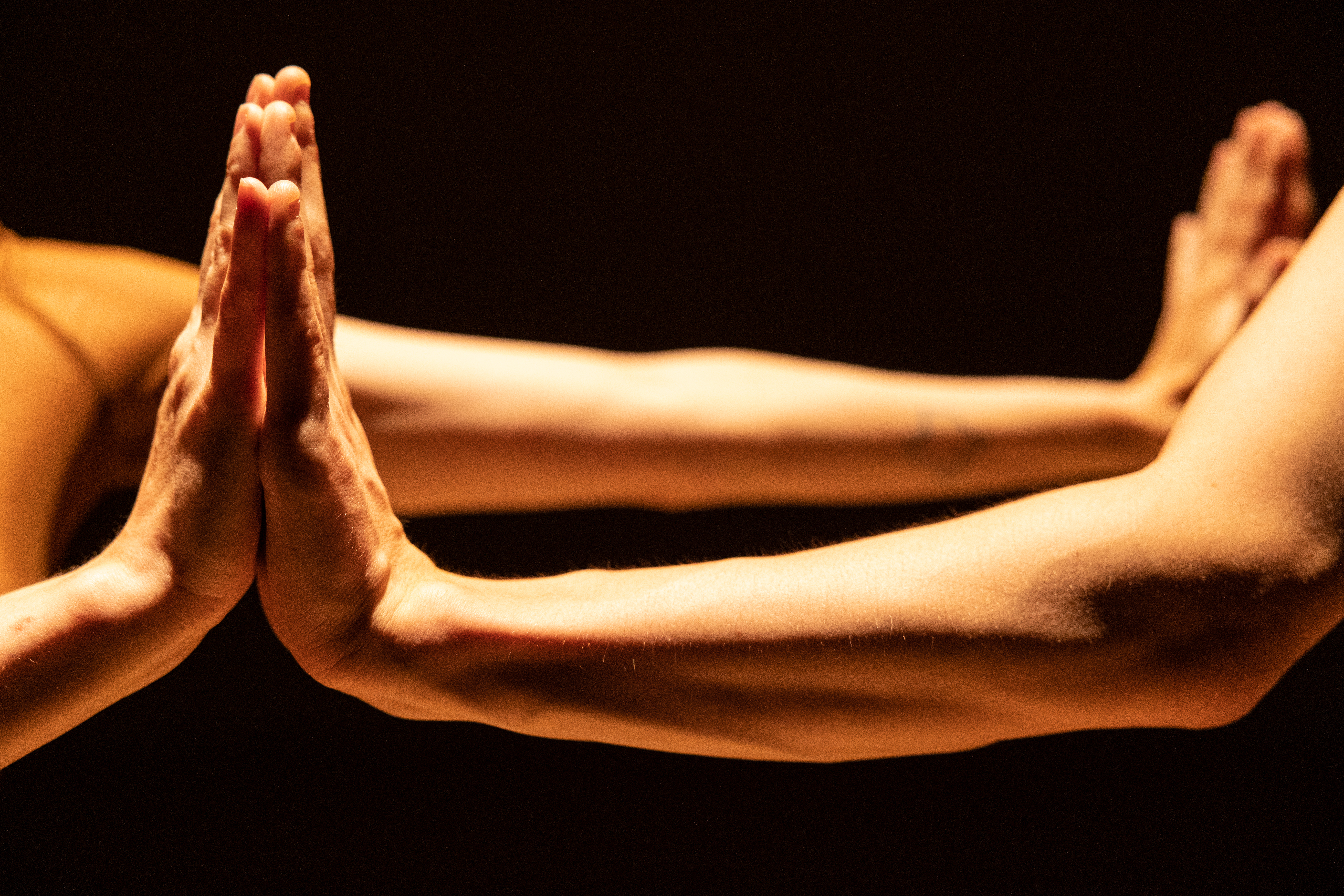“What does it mean to lead a good life?” asks Ilya Vidrin, assistant professor of creative practice research in the department of theatre within the College of Arts, Media and Design at Northeastern University.
“The arts have always been an answer to that question,” Vidrin says. “To lead a full life, we need to not just be problem solvers, we need to be meaning makers.”

When it comes to making meaning, Vidrin says that he studies “the role of dance in opening up questions about how we relate to each other, how we understand each other, how we make meaning through the body, through movement.”
This is in addition to Vidrin’s work as a professional choreographer for international dance companies.
Now, Vidrin has received a $250,000 Knight Foundation grant to support research dedicated to the study of how humans make meaning through physical interaction.
While Vidrin was born in Boston, his family came to the United States as refugees from the former U.S.S.R. “The arts were highly invested in — kind of as a form of propaganda — but also there was a big respect for the arts, and dance was absolutely one of them,” Vidrin says. “I started playing music and dancing when I was quite young.”
Vidrin eventually arrived at Northeastern University as an undergraduate, settling, he says, “on neuroscience and psychology because, as a young dancer, my injury led me to pay attention to other dancers for the first time.”
The injury Vidrin notes was a serious one — “around 18 years old,” just as Vidrin was becoming a professional dancer, “I broke my back,” he says.
“The kind of injury that I had is very common for male dancers in the concert dance world who are lifting people over their heads,” he says. “There’s a lot of physical stress. There’s a lot of pressure to be learning choreography very quickly. And partnering is not one of those things that is trained as a technique.”

But the injury also led Vidrin to ask the questions he now pursues. “What does it mean to partner?” he asks. If it’s true “that anything that can be done can be done well or poorly, what would it mean to be a good partner?”
The concept of partnering extends beyond dance for Vidrin. “Partnering is understanding how we move on account of each other physically,” he says. “That can be how dancers attune to each other. That can also be how a doctor and a patient relate to each other [or] how a parent and a child relate to each other.”
To study partnering means to study “the ethics of physical interaction,” Vidrin says.
“When I say ethics, I think about things like care, trust, social responsibility, empathy.”
Yet so much of partnering is an internal, introspective experience, Vidrin says.
“This is part of that slippage in dance,” he says. “A lot of folks view dance as a visual art form, but dance first and foremost is a kinesthetic” — that is, an understanding of the position of one’s body in space — “art form.”
Placing kinesthesia and proprioception (“the awareness of your limbs in relation to your body,” Vidrin says) alongside issues like care and empathy demonstrated a need for a technology that could “capture the robust experience of movement from the inside that’s not visible from the outside,” Vidrin says.
Vidrin places the palms of his hands together, then, without moving his hands apart, pushes, releases, then pushes again. “It’s not visible from the outside,” he says, “but there’s a robust experience activating our muscles.”

As a core faculty member in the Institute for Experiential Robotics, Vidrin collaborates in the design of biofeedback technology aimed at increasing care and empathy in specific human interactions. For instance, “transferring fragile patients from a bed to a chair,” he says.
“Something that could help my grandfather,” Vidrin says by way of example, “who’s not a trained professional, understand how to receive feedback from my grandmother — through this wearable technology — that can help establish a safe interaction.”
Issues like these — increasing the empathy humans have for one another in their physical interactions — motivate Vidrin’s work as director of the Partnering Lab, which treats seriously a question that Vidrin poses, “What do we mean when we talk about meaning?”
“I believe that there are multiple right ways to have meaning and make meaning,” Vidrin continues. “What does it mean to be the fullest meaning maker possible?”
“The fact that we struggle with that question is fundamentally why we’re pursuing this research,” he says.
Noah Lloyd is the assistant editor for research at Northeastern Global News and NGN Research. Email him at n.lloyd@northeastern.edu. Follow him on X/Twitter at @noahghola.
